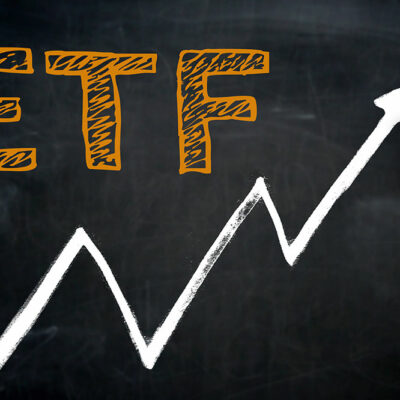
Tardive dyskinesia – Symptoms, causes, and management options
Tardive Dyskinesia, or TD is a neurological disorder that causes repetitive, involuntary movements of the face, tongue, and other body parts. Facial movements like lip-smacking and rapid blinking can be distressing and significantly impact a person’s quality of life. The side effects of certain prescriptions (used for mental health treatment) generally cause this condition. Understanding the signs, causes, and remedies for TD is crucial for individuals at risk and healthcare professionals.
Signs and symptoms
The signs and symptoms of TD can vary in severity and presentation. Common manifestations include:
- Involuntary facial movements
These may include rapid blinking, grimacing, or puckering of the lips. - Tongue movements
Sudden tongue protrusion, darting, or twisting may occur. - Gesticulation
Uncontrolled arm and leg movements, such as fidgeting, tapping, or flailing, can be present. - Choreiform movements
These are rapid, jerky movements of the limbs, neck, or trunk. - Grunting or snorting
Some individuals may exhibit vocal tics, including repetitive sounds like grunting or snorting.
Causes
TD is most often associated with the long-term use of certain treatment prescriptions, particularly those used for the management of conditions such as schizophrenia, bipolar disorder, and severe depression. These prescriptions can alter the balance of neurotransmitters in the brain, leading to the development of TD. The exact cause of the condition is not yet known, but several factors may contribute:
- Treatment therapy
Prolonged use of some therapies, especially first-generation or typical treatment therapies, increases the risk of TD. Another reason could also be the duration of the therapy and how an individual’s body responds to it. - Individual susceptibility
Some individuals may be more genetically predisposed to developing TD. - Age
Older adults are more susceptible to TD, with the risk increasing as age advances. - Underlying mental health conditions
The severity of the underlying psychiatric disorder being treated can also influence the risk of tardive dyskinesia.
Remedies and management
Managing TD involves a combination of strategies, including prevention, symptom monitoring, and treatment:
- Switching treatment options
A healthcare provider may recommend switching to a different treatment option less likely to cause TD, which may involve transitioning to newer therapy with a lower risk profile. - Botulinum Toxin (Botox)
In some cases, botulinum is administered into the affected muscles and can reduce the severity of TD symptoms, particularly facial and neck movements. - Behavioral therapy
Some individuals benefit from behavioral therapies, such as cognitive-behavioral therapy (CBT), which can help the affected cope with the condition’s emotional and psychological impact. - Regular monitoring
Individuals taking certain prescription treatments should receive regular check-ups to monitor for signs of TD. Early detection and intervention can prevent the condition from worsening. - Supportive care
TD can be emotionally distressing. Support groups and therapy can help individuals and their families cope with the challenges of living with TD.
In conclusion, tardive dyskinesia is a complex neurological disorder associated with the long-term use of specific prescriptions. Recognizing the signs, understanding the causes, and exploring appropriate remedies and management options are essential to improving the quality of life for those affected by TD. Effective management often requires a collaborative effort between healthcare providers, individuals with TD, and their support networks.


